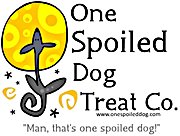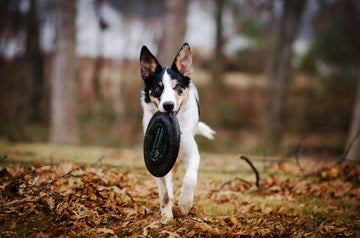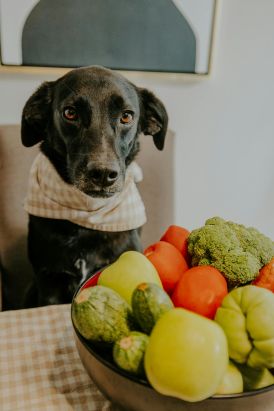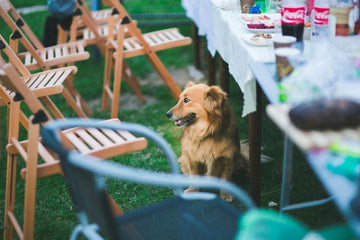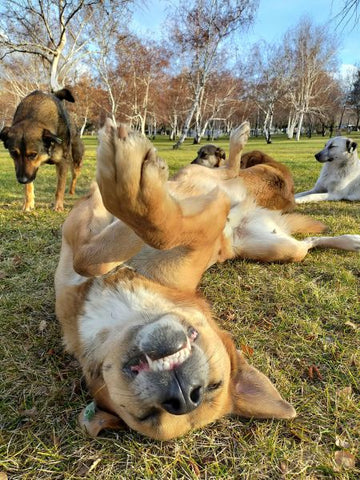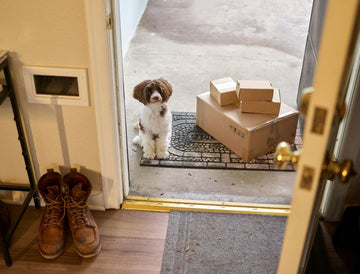Dogs are quick to respond to treats—whether it’s a wagging tail, excited barking, or eagerly following commands. But what makes treats such a powerful tool in dog training? The answer lies in positive reinforcement, a widely recognized method for shaping behavior by rewarding desired actions. Treats, as tangible and immediate rewards, play a crucial role in this process, motivating dogs to learn and repeat good behavior.
In this article, we’ll dive into why treats are effective for positive reinforcement, how they influence behavior, and how to use them strategically for the best training outcomes.
Understanding Positive Reinforcement
Positive reinforcement is a training technique that strengthens desired behavior by rewarding it. In dog training, this involves offering a reward—often a treat—immediately after a dog performs a specific action. This helps the dog associate the behavior with the reward, increasing the likelihood they’ll repeat it.
For example, when you ask your dog to “sit,” and they comply, giving them a treat reinforces the behavior. Over time, your dog learns that sitting when asked earns a reward, making them more likely to respond consistently.
Why Treats Work in Positive Reinforcement
1. Instant Gratification
Timing is critical in training. A reward given immediately after a desired action helps the dog make a clear connection between the behavior and the reward. Treats provide instant gratification, unlike toys or verbal praise, which may take longer to deliver or be less tangible to a dog. This immediacy ensures your dog understands which behavior is being reinforced.
2. Tangible and Motivating
Food is a universal motivator for dogs. Treats appeal to their instincts and are an easily understood reward. While some dogs might enjoy petting or verbal praise, treats are often more effective for capturing and maintaining their attention, especially when learning new or complex behaviors.
3. Consistent Focus
Training can be both mentally and physically demanding for dogs. Treats provide a high-value incentive that keeps your dog engaged and enthusiastic throughout the session. Their presence can maintain focus even during distractions or extended periods of training.
4. Encouraging Repetition
The core of positive reinforcement is repetition. When a dog is rewarded consistently for performing a specific behavior, they are more likely to repeat it. Treats serve as a clear, positive signal that helps dogs understand exactly what they did right, reinforcing the connection between action and reward.
How to Use Treats Effectively
To maximize the effectiveness of treats in training, consider these best practices:
1. Select the Right Treats
Choose treats that are:
- High-value: Reserve special, highly desirable treats for training, like freeze-dried meats or soft, flavorful options.
- Small and low-calorie: Training often involves frequent rewards, so opt for tiny pieces to avoid overfeeding.
- Easy to chew: Soft treats are ideal for quick consumption, keeping training sessions seamless and focused.
2. Reward Immediately
Timing is everything. Offer the treat as soon as your dog performs the desired behavior to create a strong association between the action and the reward. A delay of even a few seconds can confuse your dog, making it harder for them to connect the dots.
3. Pair Treats with Praise
While treats are effective, combining them with verbal praise or affection reinforces the behavior even further. Say things like “Good job!” or “Yes!” enthusiastically as you give the treat, helping your dog associate multiple forms of positive feedback with their actions.
4. Gradually Phase Out Treats
Treats are essential when teaching new behaviors, but over-reliance can lead to dogs only obeying when they see a treat. Once your dog reliably performs a behavior, start reducing treat frequency, replacing them with verbal praise or petting. This transition ensures your dog continues to respond even without immediate food rewards.
5. Use Treats for Shaping Behavior
Shaping involves breaking down complex behaviors into smaller steps and rewarding progress. For example, if teaching your dog to roll over, you might first reward them for lying down, then for turning onto their side, and finally for completing the roll. Treats make it easier to guide and reinforce each step of the process.
The Benefits of Using Treats in Positive Reinforcement
When used correctly, treats:
- Strengthen the bond: Positive reinforcement fosters trust and a stronger relationship between you and your dog.
- Encourage faster learning: Treats act as a clear motivator, making it easier for dogs to understand and repeat desired behaviors.
- Promote long-term success: By rewarding good behavior, treats help establish habits that are likely to stick over time.
- Create a fun learning environment: Training sessions become enjoyable for both you and your dog, reducing frustration and increasing engagement.
Conclusion
Treats are a cornerstone of positive reinforcement, offering a tangible and immediate reward that helps dogs connect their actions with your expectations. By choosing the right treats, using them effectively, and pairing them with other forms of praise, you can shape your dog’s behavior while strengthening your bond.
Positive reinforcement with treats isn’t just about teaching commands—it’s about building trust, fostering confidence, and creating a cooperative relationship between you and your furry friend. So next time you’re training your dog, don’t forget to bring along their favorite treats—it’s a small investment with big rewards!
